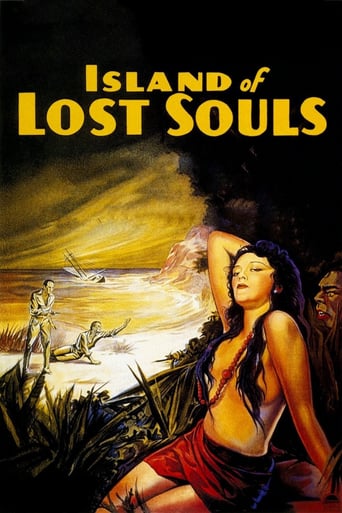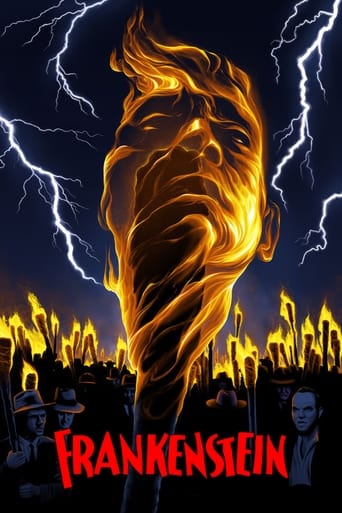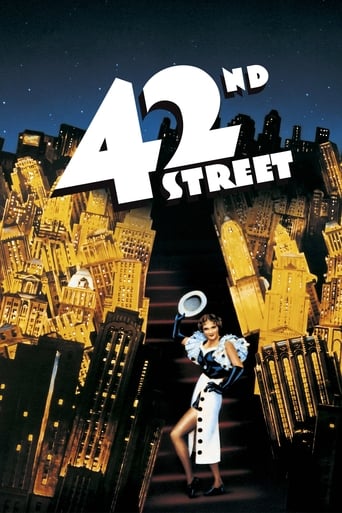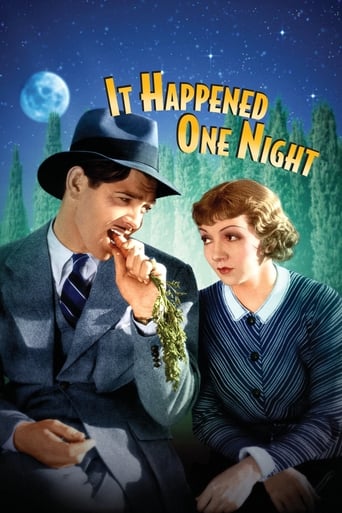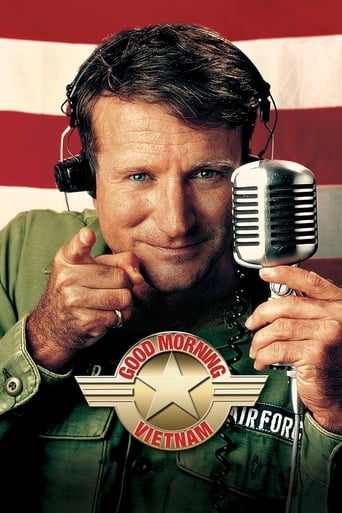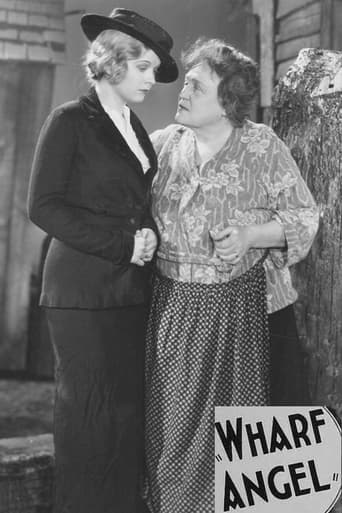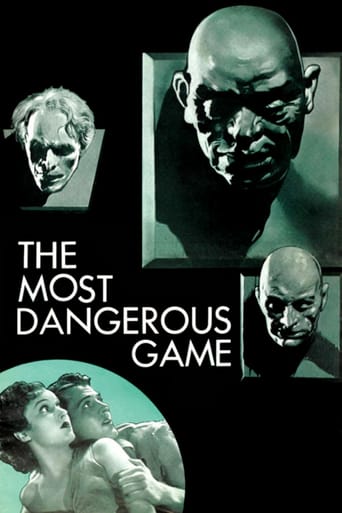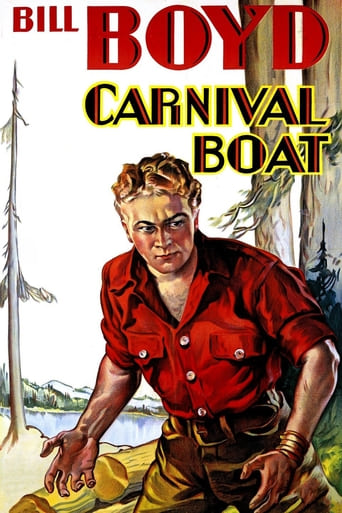
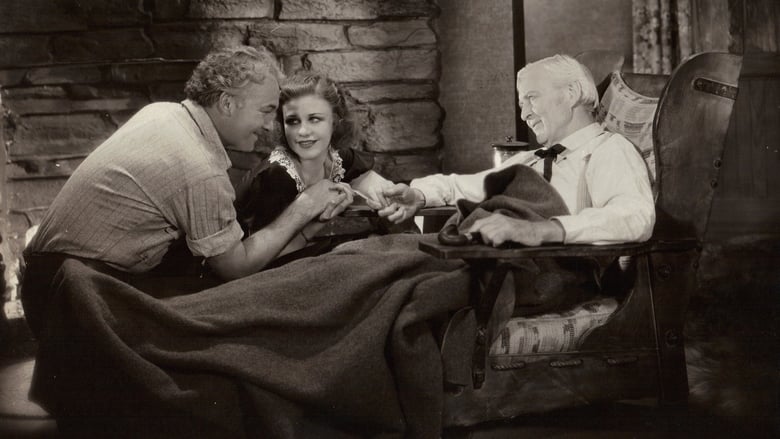
Carnival Boat (1932)
Buck is a hard working lumberjack, but likes to have fun. Buck's father is the foreman and wants Buck to take over when he retires. Buck is in love with Honey, a show-girl on the carnival boat, but she won't live in a lumberjack camp.
Watch Trailer
Cast
Similar titles

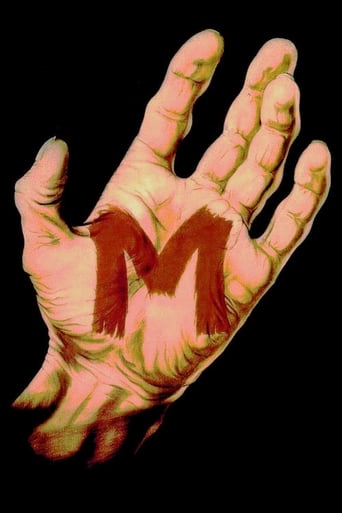
Reviews
As Good As It Gets
Good films always raise compelling questions, whether the format is fiction or documentary fact.
The movie is wonderful and true, an act of love in all its contradictions and complexity
I think this is a new genre that they're all sort of working their way through it and haven't got all the kinks worked out yet but it's a genre that works for me.
Probably the best thing about CARNIVAL BOAT is the location filming as director Albert Rogell actually took the crew up to logging country for the bulk of the shooting. Otherwise it's your basic action programmer with some good stunt work and some tedious comic relief from Edgar Kennedy and Harry Sweet. William Boyd, later Hopalong Cassidy, stars as the lumberjack torn between father and sweetheart (Ginger Rogers). This may be the low point of Ginger's film career. It was her third Hollywood film (after five in New York), all made for Albert Rogell at RKO/Pathe. She seemed stuck in a downward trend (Pathe really didn't make any good films so far as I know) so she asked out of her contract and Pathe was more than happy to grant her the favor. A couple of years of freelancing and she signed again with RKO, soon to become a star.
Before gaining huge fame as the cowboy star Hopalong Cassidy, William Boyd was a movie star in his own right--starring in a bunch of films in the 20s and early 30s. Many of them were B-movies, like "Carnival Boat". By B, I mean that they were meant as the second, less film offered at a double-feature. This second film was always cheaply made, lasted only about an hour and usually went straight to the action-- and all this is true of this film.Buck is the foreman with a logging company. However, his father is concerned that Buck isn't exactly a tough boss--and often lets the men slack off. He's even more upset when he tells Buck not to allow the men to frequent the visiting show boat, as it will only get them into trouble--yet later that same night, he finds Buck and his men there! Buck is there to see his girlfriend, Honey (Ginger Rogers) but Dad will have none of it--his son is a disappointment. Can Buck prove himself to Dad? And, if Buck wants to marry Honey, is there any way Dad would ever accept a singer from one of these dreaded boats? Hint--the answers to these probably won't come as major surprises.Overall, this is an entertaining film that certainly has little in the way of pretense. It's at its best with some of the action scenes-- such as the deftly handled runaway train sequence. Worth your time but far from a must-see picture.By the way, in addition to Boyd later getting a makeover in order to become a cowboy, Ginger Rogers is seen here in her pre-makeover days. She still sports brown hair and obviously hasn't undergone the voice coaching she must have had as her star continued to rise in Hollywood.
Directed by 'B' Movie stalwart Albert S. Rogell, CARNIVAL BOAT has a lot of action packed into it - a daring train escape, an explosion involving lumberjacks, several fist-fights, a burlesque stage show and a love-affair involving Buck Gannon (William Boyd) and Honey (Ginger Rogers).The action zips by, interspersed with comic routines from Baldy (Edgar Kennedy) and Stubby (Harry Sweet). The plot is nothing much to speak of - suffice to say it involves a love-affair, patriarchal jealousy and a final reconciliation. But then not much else is expected of a 'B' flick designed to provide an aperitif to the main feature.Of perhaps more interest, however, is the film's representation of gender. Set among a gang of lumberjacks, it suggests that the workers like to prove their masculinity through fighting and drinking; if they don't get the chance to indulge in such worldly pleasures, they get bored. Honey is basically there as an object of Buck's affection; a largely passive character, she spends quite some time as an onlooker while Buck engineers the predictable happy ending. Such stereotypes are characteristic of early Thirties Hollywood movies; but what sets CARNIVAL TRAIN apart is its emphasis on the fragility of masculinity; it really seems as if the lumberjacks have to prove themselves time and again that they are the strong silent types - even when there is no one around to admire them. This makes for an intriguing film, where the fight-sequences serve no real plot-purpose, but exist solely for the workers' self- esteem.
The impressive logging operations, the exciting runaway-train and log-jam sequences overcome this movie's routine double plot. First, Bill Boyd is in love with showgirl Ginger Rogers, who performs on a carnival boat that stops at the logging camp. His father, Hobart Bosworth, doesn't think much of her and he fears also Boyd will leave logging, dashing his hopes for Boyd to become boss when he retires. Second, Fred Kohler is also vying for the job of boss and even resorts to tactics to make Boyd look bad. When this fails, he even considers murder when both try to break up a log jam at a dam with dynamite. The film is briskly paced and beautifully photographed. Edgar Kennedy and his logging partner, Harry Sweet, provide the little comedy relief there is, and there is a couple of realistic looking fight sequences.




